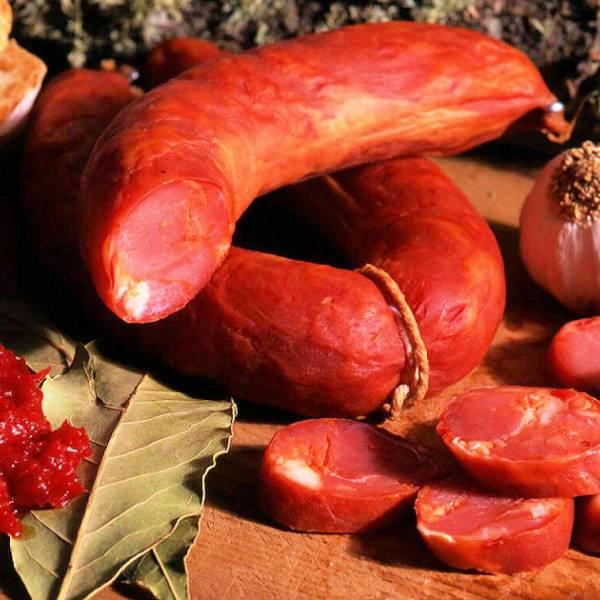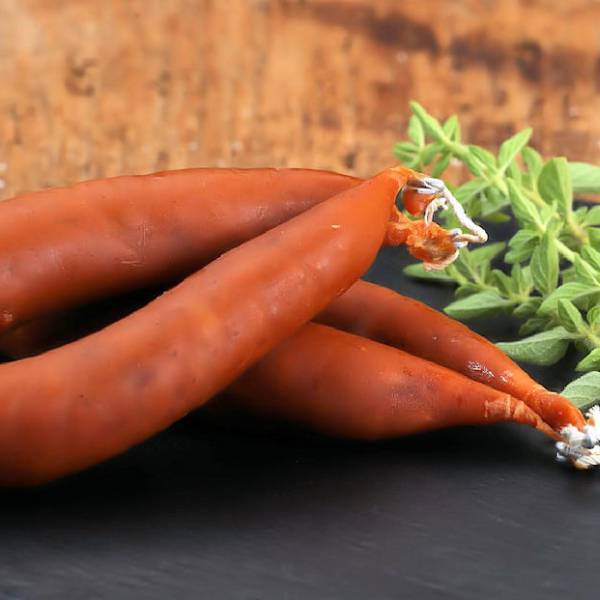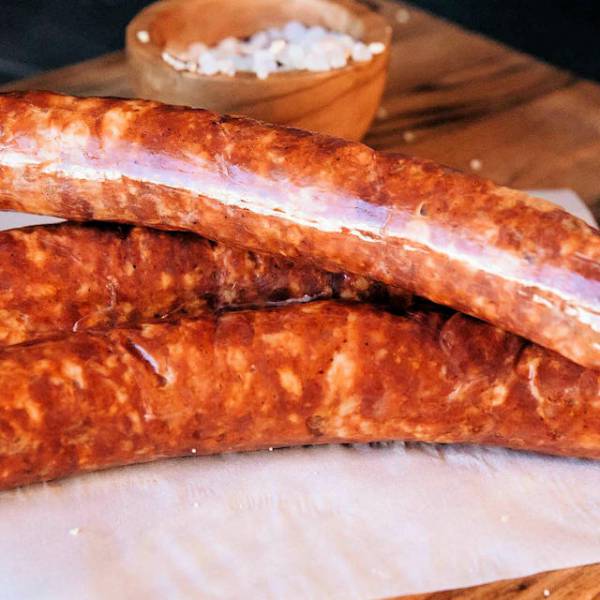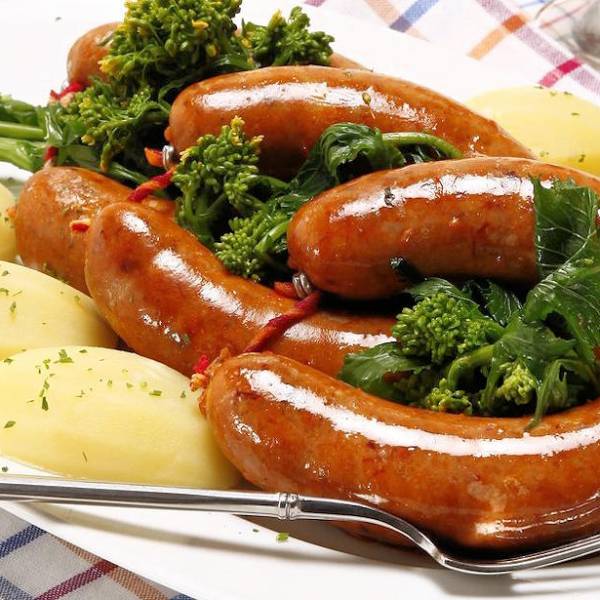Sausage culture in Portugal is also very diverse and historical, dating back to the times of the Roman and Moorish occupations, as well as the Jewish communities that lived in Portugal during the Middle Ages. Sausages were a way of preserving meat and using all parts of the animal, avoiding waste and ensuring food security. Sausages were also a staple food for the sailors and explorers who embarked on the Portuguese maritime expansion, as they were durable and nutritious. Some of the most famous Portuguese dishes today include sausages as an ingredient or a side dish, such as Cozido à Portuguesa, Feijoada, or Caldo Verde.
For more detailed information and insights into each of the listed Portuguese sausages, click on the respective links provided. Dive deeper into the origins, ingredients, and regional influences that make each sausage unique. Explore the various cooking methods, pairing suggestions, and cultural significance associated with these beloved Portuguese charcuterie items. Whether you're a sausage enthusiast or simply curious about Portuguese gastronomy, these links will take you on a flavorful journey, providing you with the knowledge and inspiration to appreciate the artistry of Portuguese sausage-making.
1. Farinheira:
Farinheira is a traditional Portuguese sausage made from pork fat, bread crumbs, and spices. It has a soft and crumbly texture and a mild, savory flavor. Farinheira is often pan-fried or grilled and is a popular addition to stews, rice dishes, or served alongside eggs.2. Linguiça:
Linguiça is a smoked sausage typically made from pork, garlic, and paprika. It has a firm and slightly chewy texture and a robust, spicy flavor. Linguiça is commonly used in a variety of Portuguese dishes, including stews, grilled sandwiches, and as a pizza topping.3. Alheira:
Alheira is a unique sausage that originated in Portugal during the time of the Portuguese Inquisition. Originally created by Jews as a way to disguise their religious identity, Alheira is made from a combination of meats, such as poultry, bread, and garlic. It has a coarse texture and a savory, smoky flavor. Alheira is traditionally enjoyed grilled or roasted.4. Morcela:
Morcela, or Portuguese blood sausage, is a rich and flavorful sausage made with pig's blood, rice, onions, and spices. It has a dark and soft texture and a distinct savory taste. Morcela is often pan-fried or grilled and is a popular addition to hearty meals and traditional feasts.Lisbon.vip Recommends
5. Paio:
Paio is a cured and lightly smoked sausage made from pork loin. It has a lean and tender texture and a delicate, mildly seasoned flavor. Paio is typically sliced thin and enjoyed as a cold cut, served with bread and cheeses, or incorporated into soups and stews.6. Chouriço:
Chouriço is a versatile Portuguese sausage made from a combination of pork, garlic, and paprika. It has a firm and coarse texture and a robust, smoky flavor. Chouriço is commonly used in various dishes, such as stews, bean soups, or grilled alongside vegetables.7. Chouriço de Ossos:
Chouriço de Ossos, also known as bone marrow sausage, is a specialty sausage from the Alentejo region. It is made by stuffing a pig's bone with seasoned minced pork. Chouriço de Ossos is slow-cooked, allowing the flavors to meld and the bone marrow to infuse the sausage with a rich, meaty taste. It is typically served as a centerpiece during festive occasions.These Portuguese sausages represent the rich tapestry of flavors and culinary traditions that make Portuguese cuisine so enticing. From the spicy Linguiça to the unique Alheira, each sausage carries its own story and reflects the regional influences of Portugal's diverse gastronomy. So, whether you're in Portugal or seeking to explore Portuguese flavors in your own kitchen, embrace the world of Portuguese sausages and savor the craftsmanship and heritage that goes into each delicious link.











